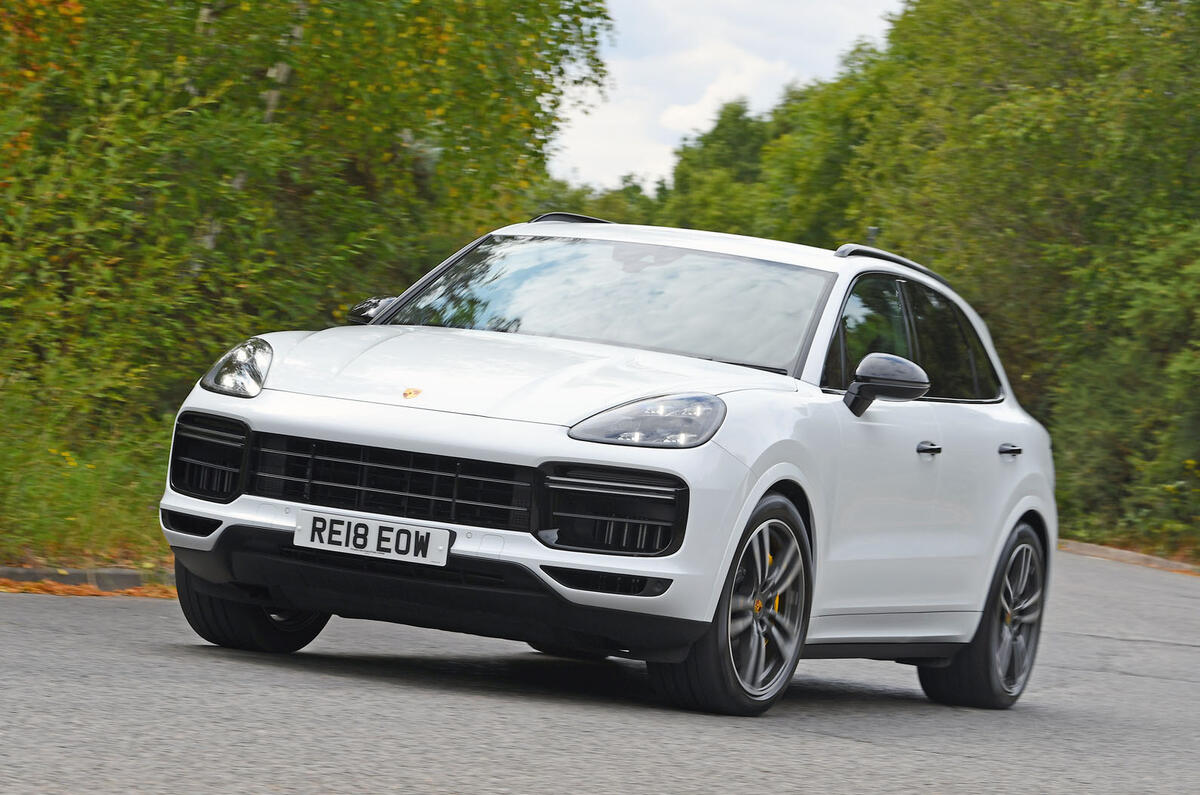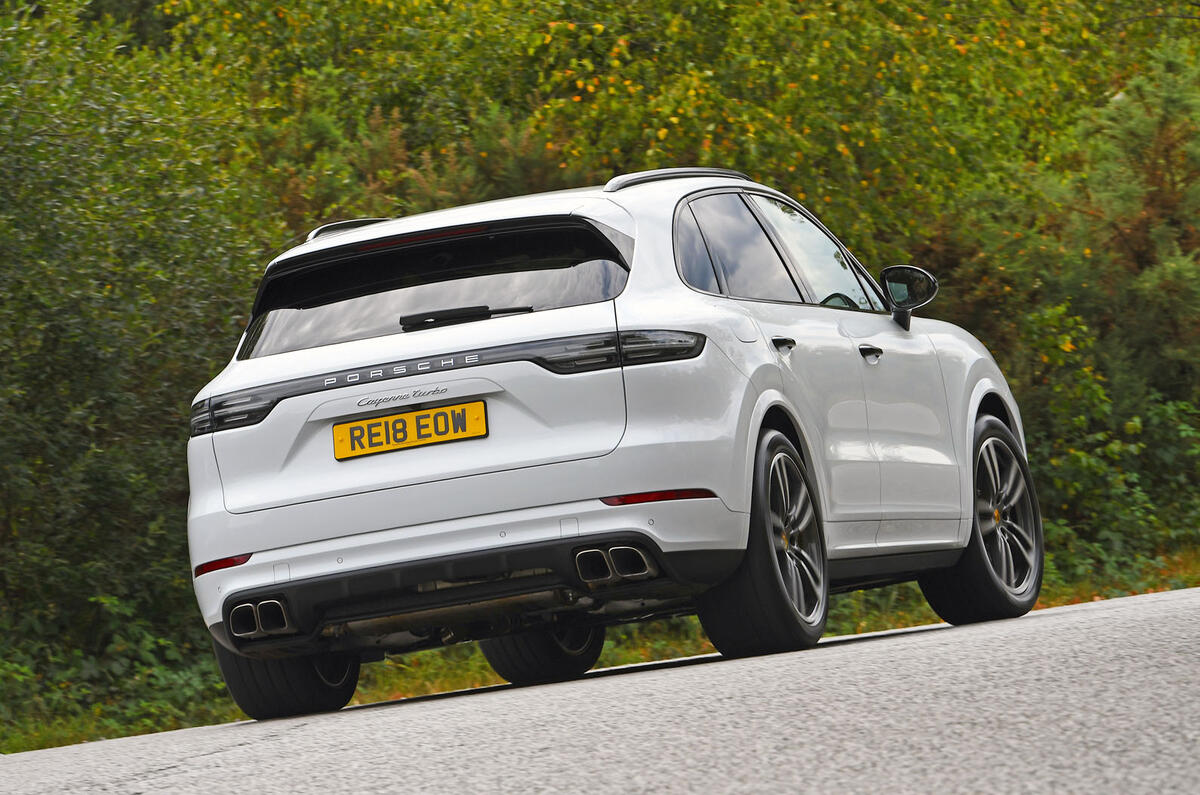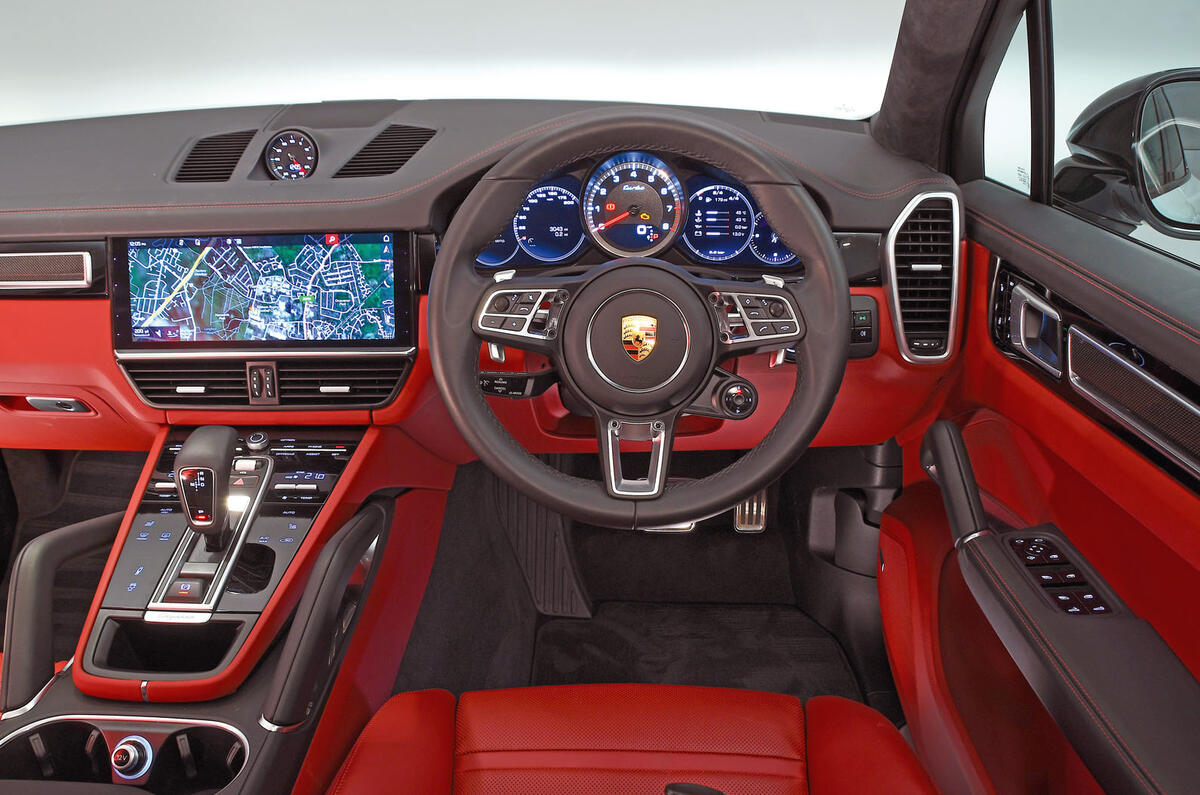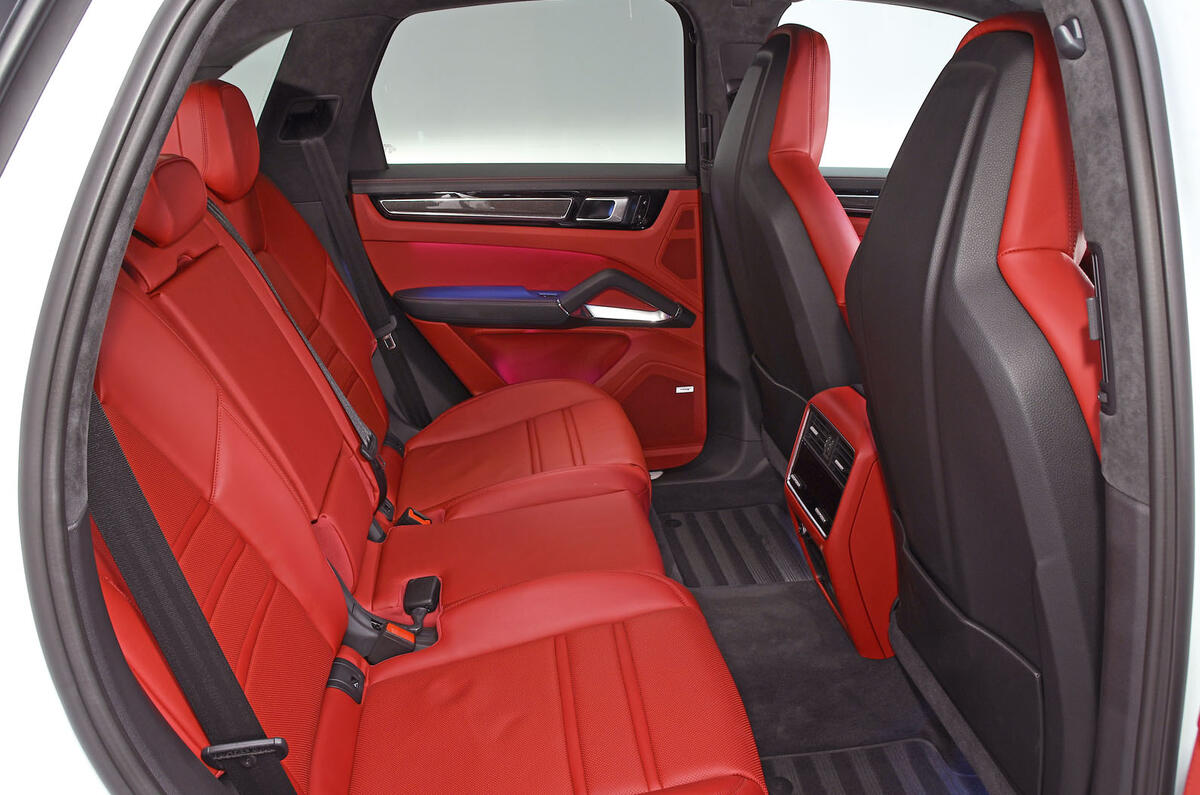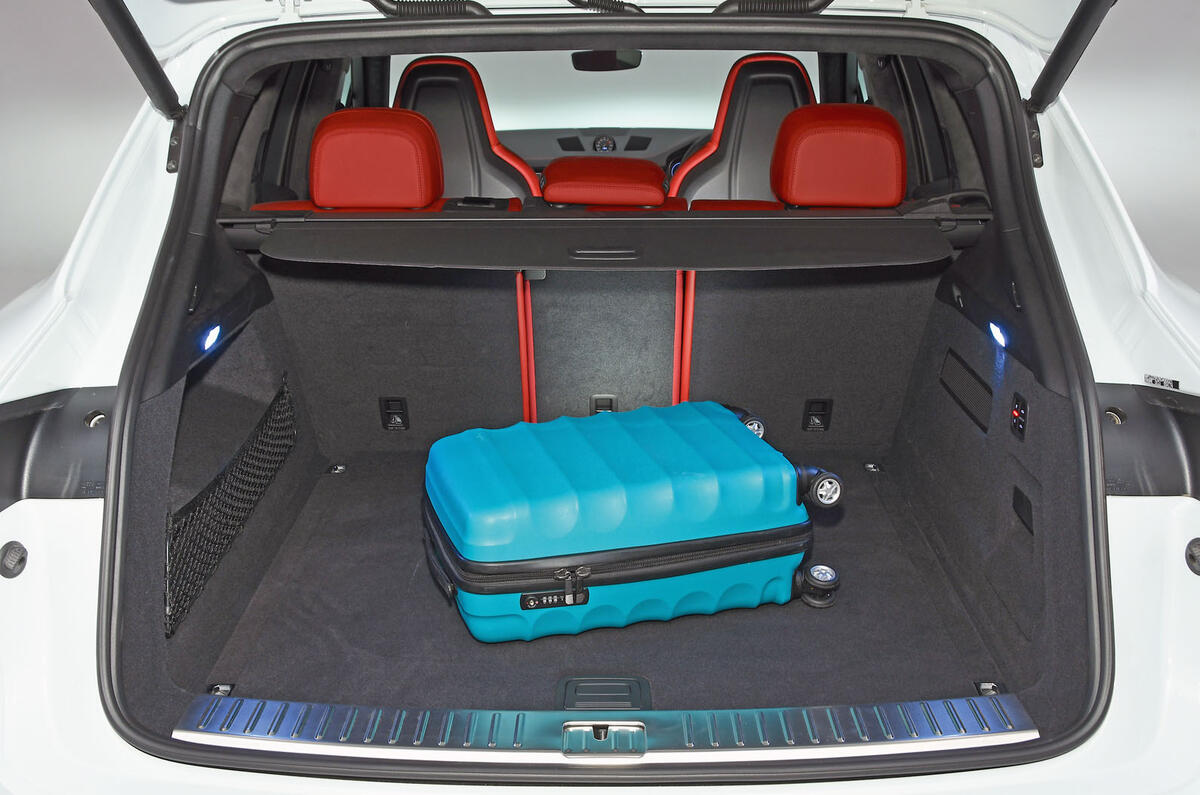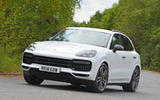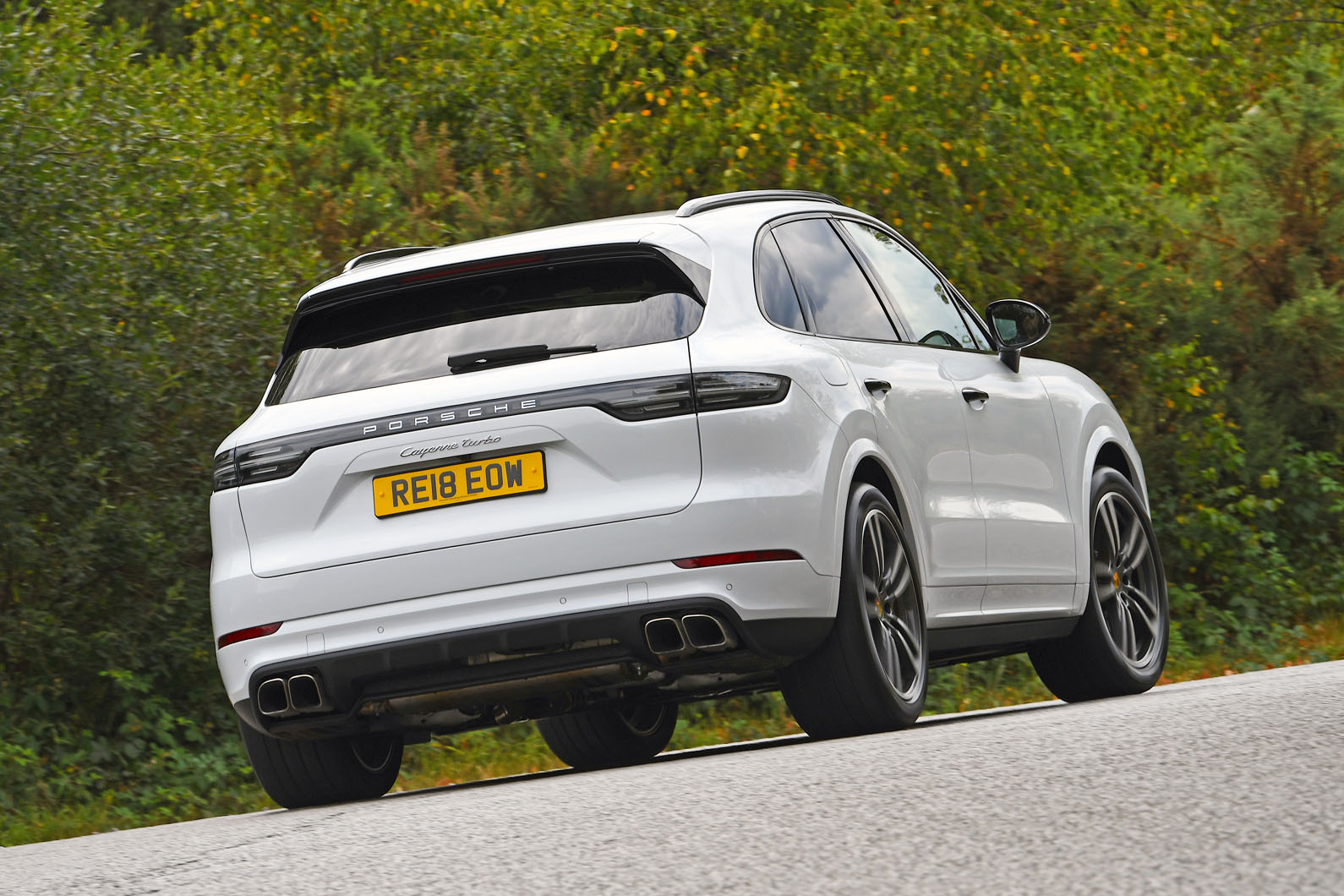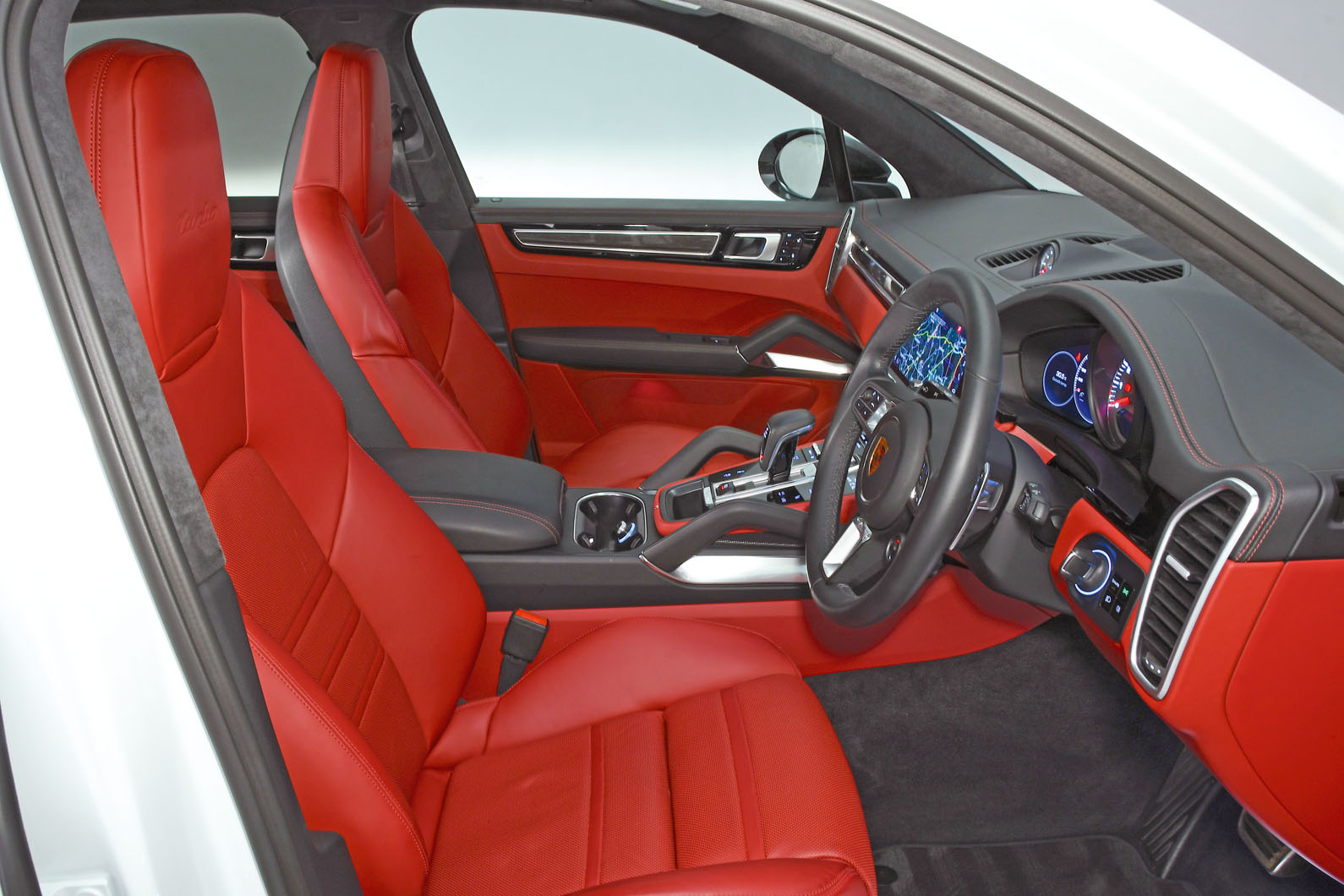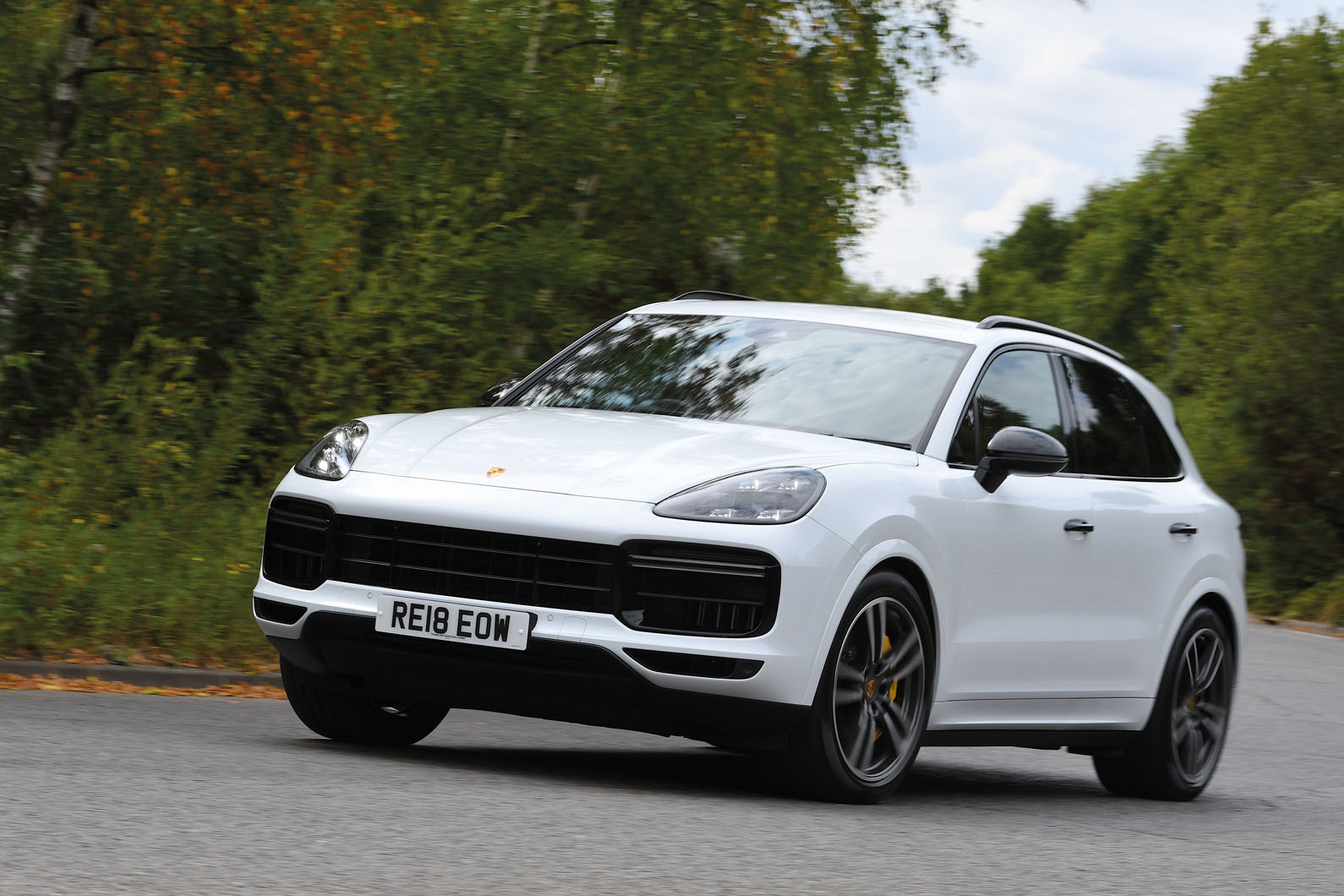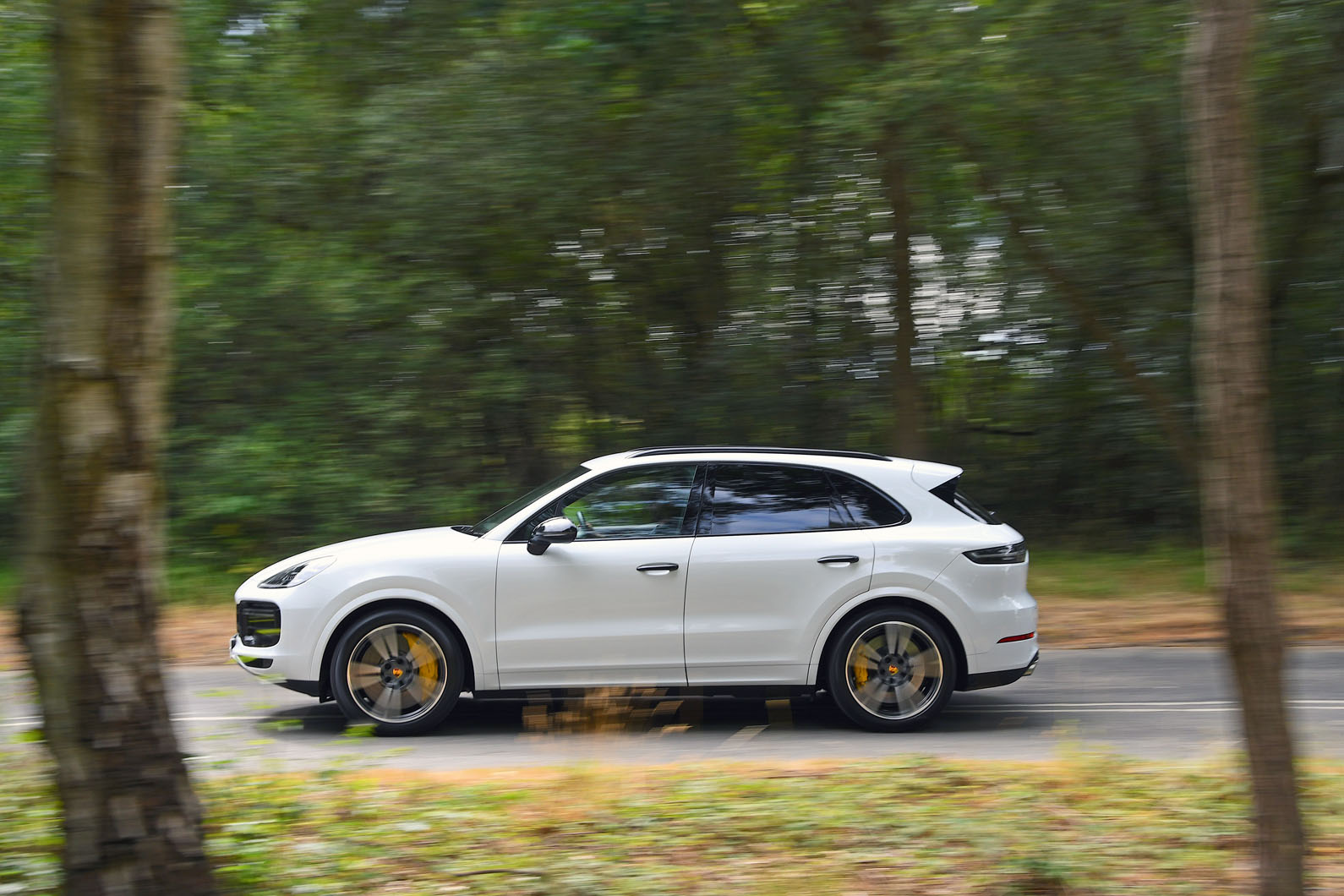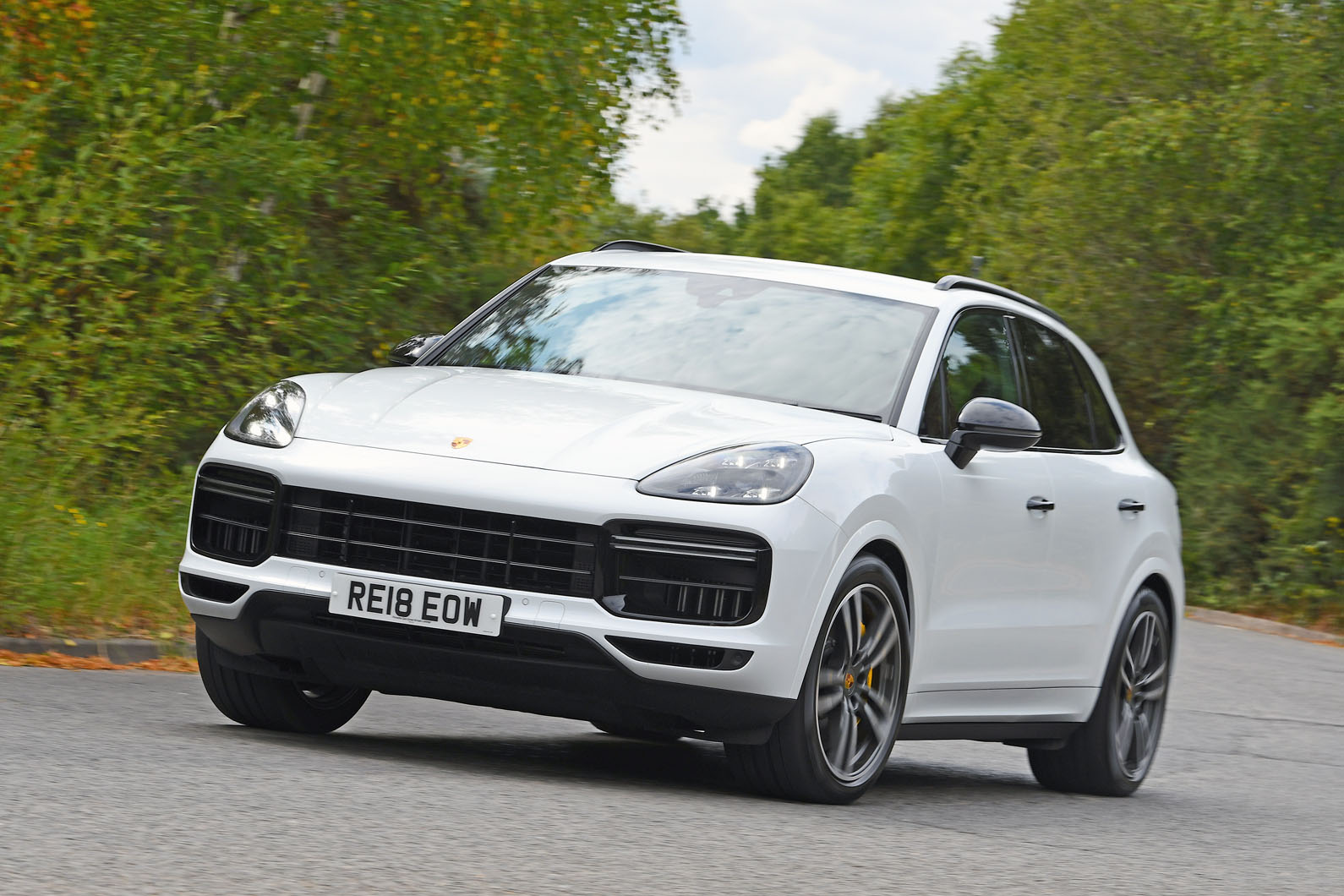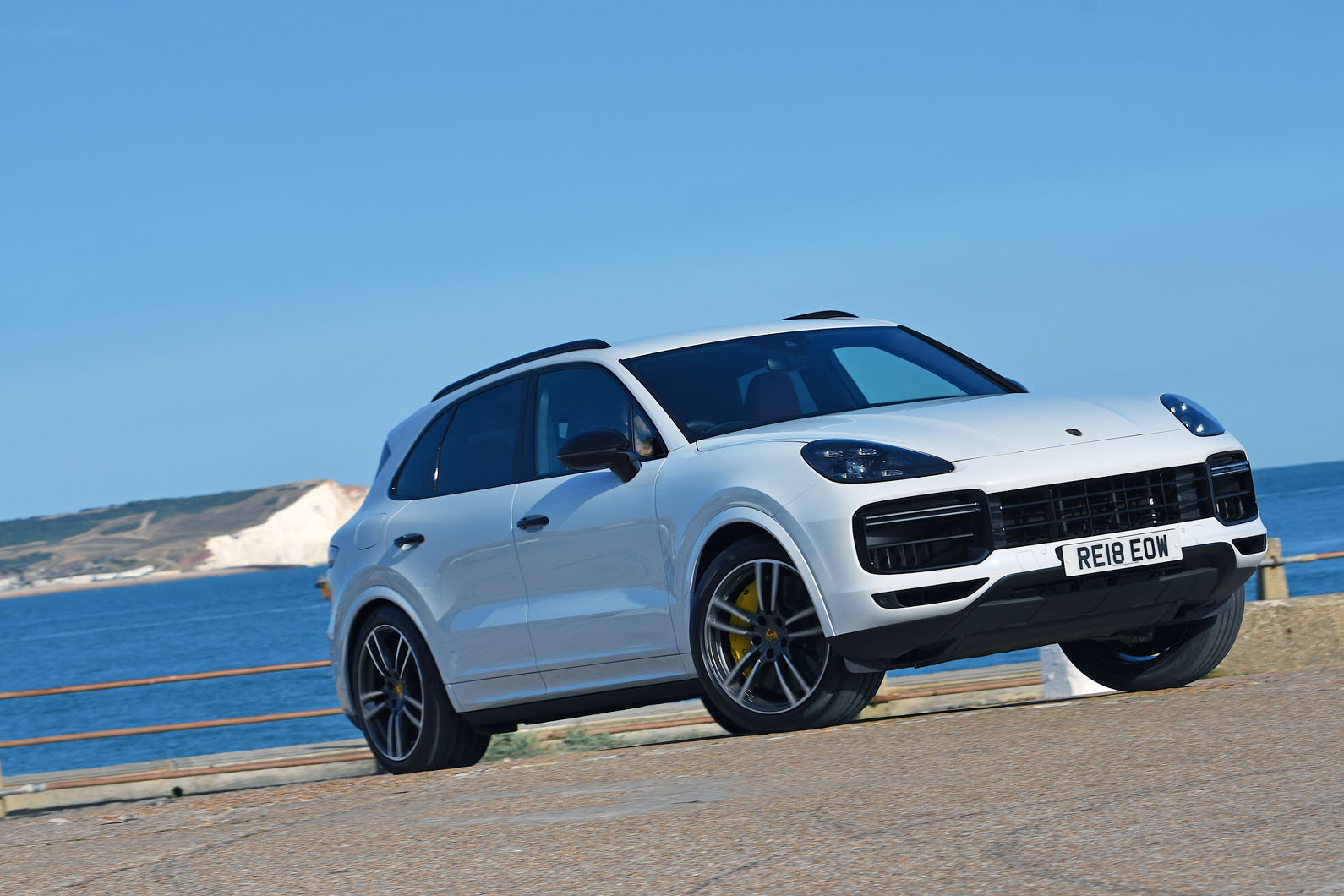The automotive landscape into which the third-generation Porsche Cayenne Turbo is now emerging is very different from the one into which Porsche 's 2003 original exploded, like a lump hammer bludgeoning its way through a plasterboard wall.
Today, the idea of a 542bhp luxury SUV ready to handle like a super-saloon at one moment, before disappearing off the beaten track and over the mud the next, isn’t that hard to contemplate. Many brands offer one. In 2003, however, there was nothing in the world quite like this car. And although some still don’t like to admit as much, there were very few more powerful tributes to the growing engineering might of the company that made it.
So now that we’re all accustomed to the idea of two-tonne luxury SUVs with this much performance purpose, and the market for them is established beyond any doubt, what next for the car that started it all? Can the Cayenne ever reproduce the incredible impact it had back then?
Can the suspension and powertrain technology available to today’s car makers allow a company like Porsche to push the hot Cayenne’s physics-goading handling envelope even further without compromising the comfort and convenience we all expect of a luxury SUV?
Or might it in fact be time to retune, rethink and reposition the Cayenne Turbo’s character and role a little bit? To allow it to mature with its customers, perhaps, and move towards the notional centre ground of the super-SUV class it coined but remained on the margins of judged purely on fieriness of dynamic temperament, perhaps. Now’s the time to find out.


